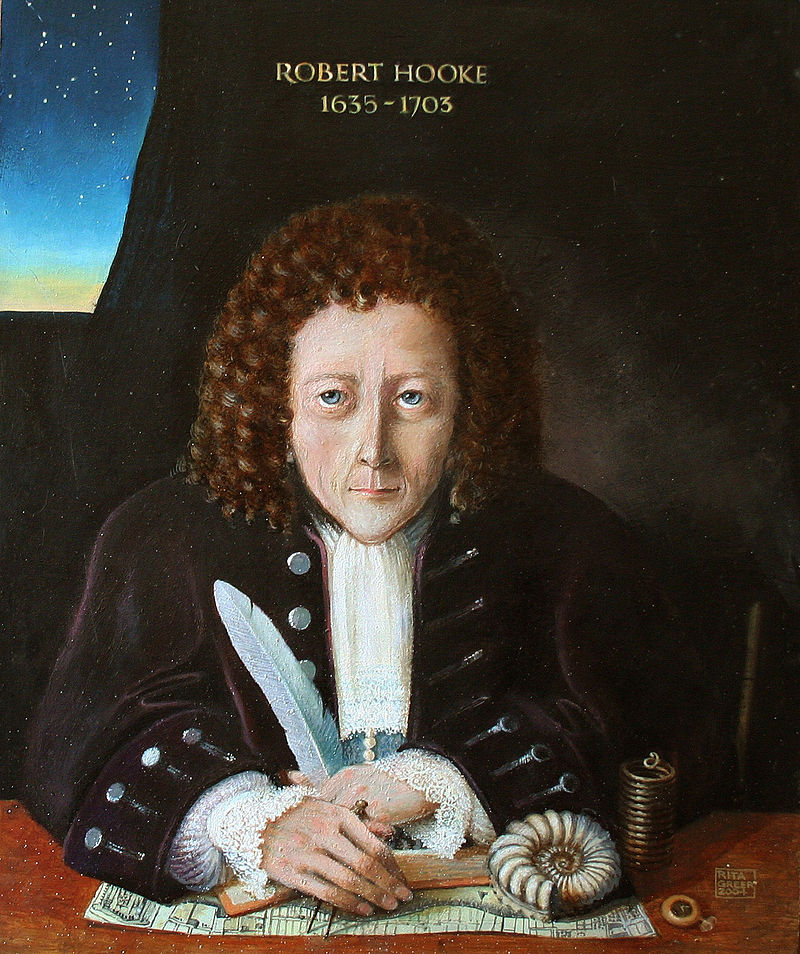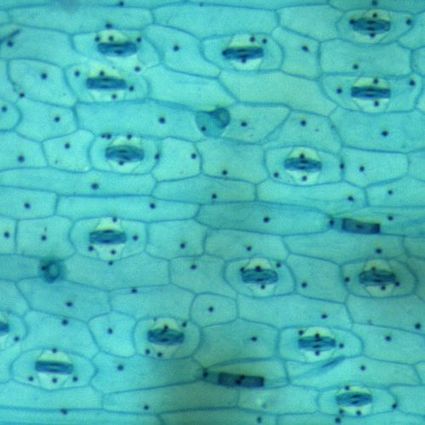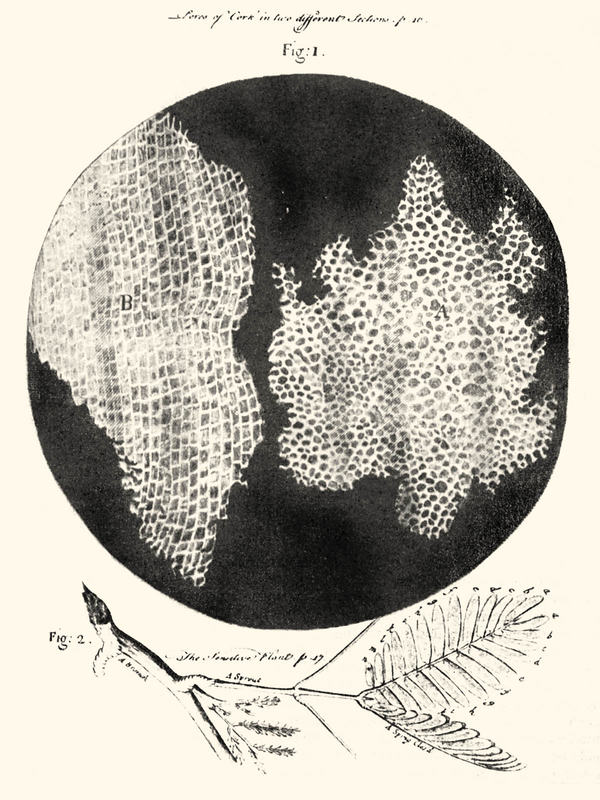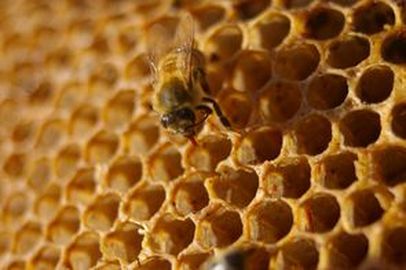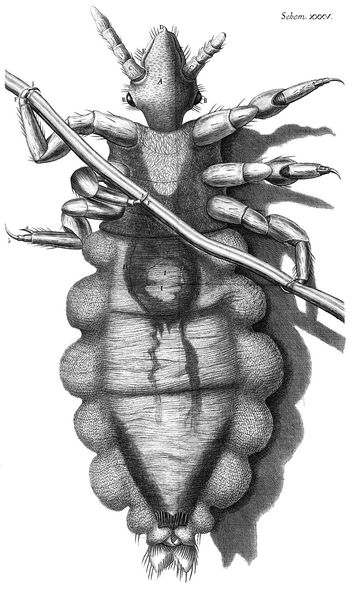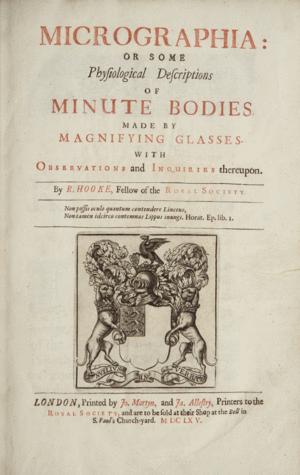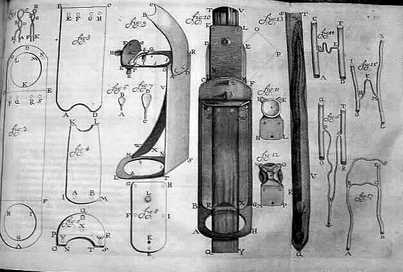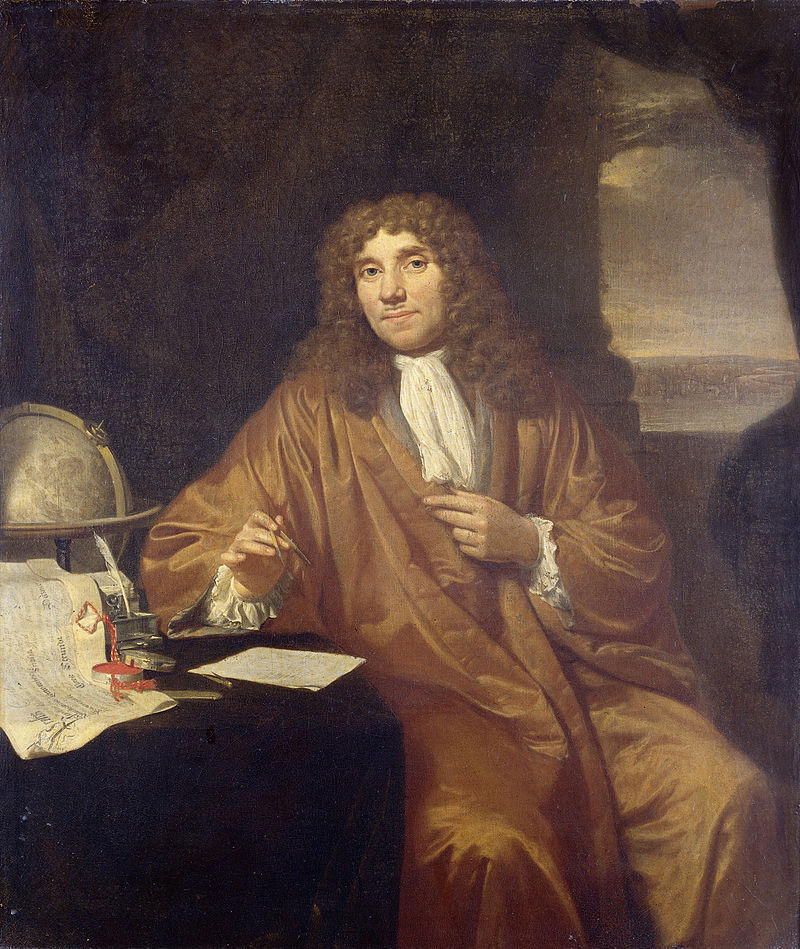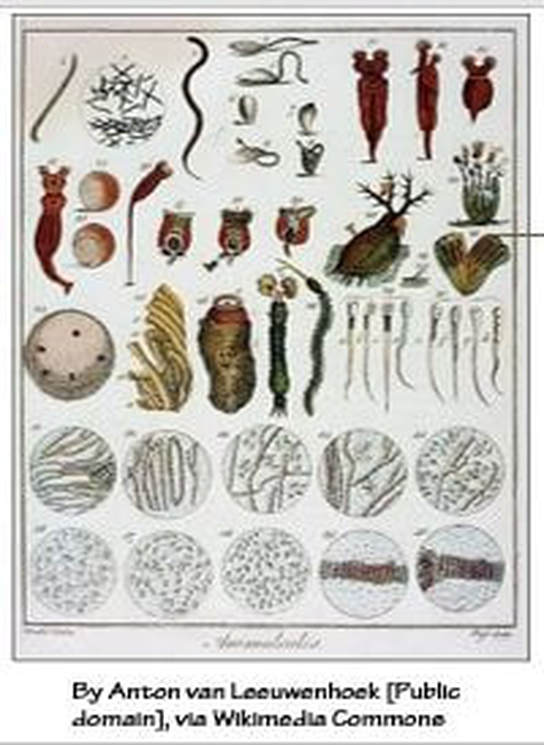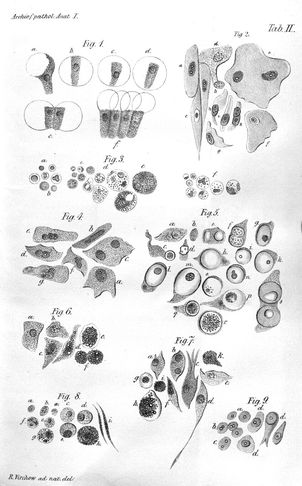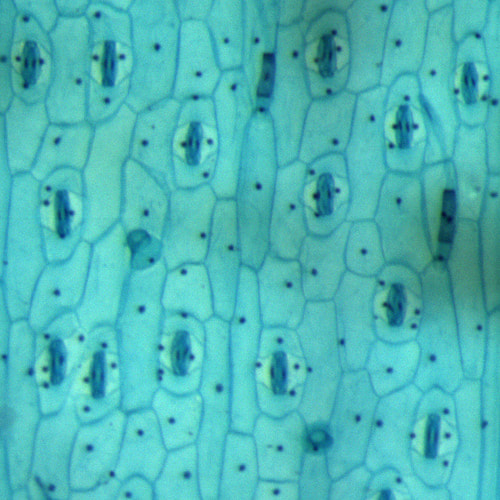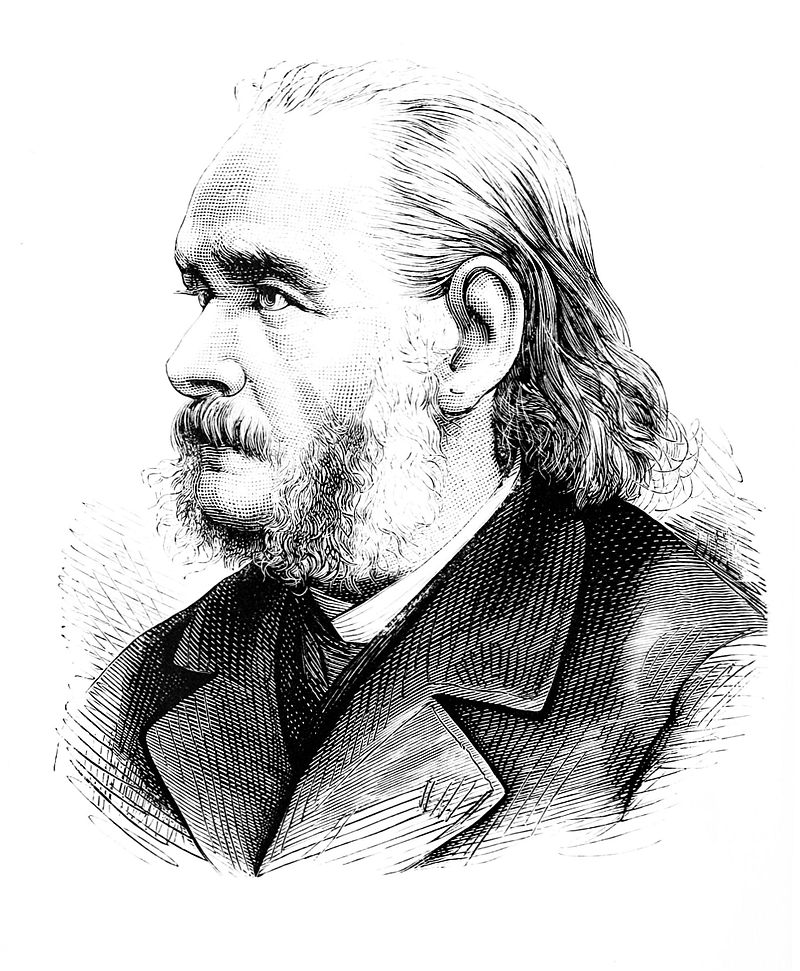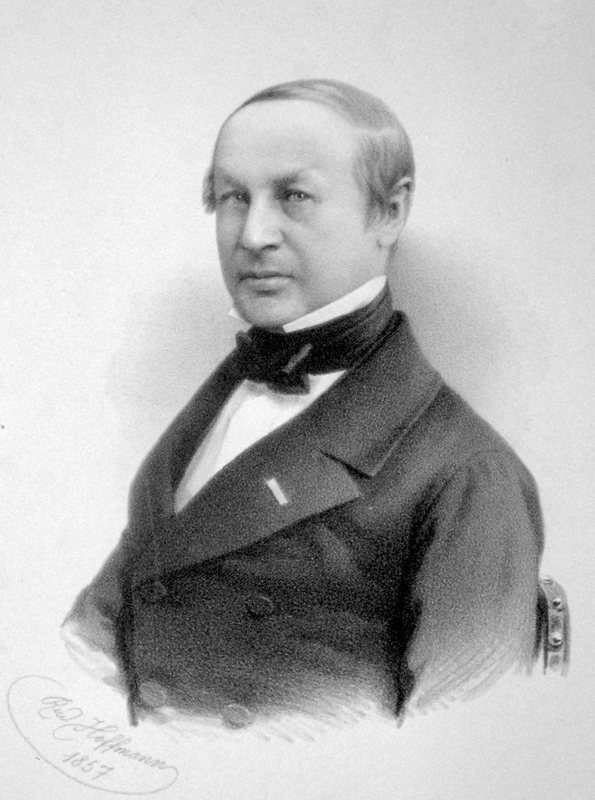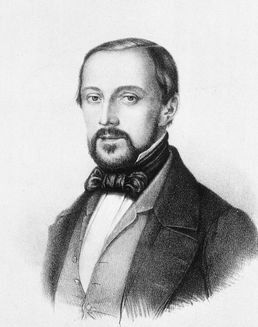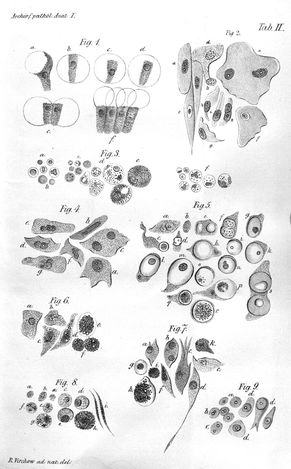|
|
|
THE ORIGINS OF CELL THEORY
Life comes in a huge variety of shapes, sizes, composition and physiology. Some of the largest organisms to ever roam the Earth, like the blue whale, exceed 150 tons, whereas the smallest organisms are only visible using microscopes. Our current understanding of "life" is centered on The Cell Theory which was developed over hundreds of years, due to the contributions of countless scientists and numerous inventions, experiments and observations. These discoveries were made possible due to the invention of high-powered microscopes in the 17th century.
Life comes in a huge variety of shapes, sizes, composition and physiology. Some of the largest organisms to ever roam the Earth, like the blue whale, exceed 150 tons, whereas the smallest organisms are only visible using microscopes. Our current understanding of "life" is centered on The Cell Theory which was developed over hundreds of years, due to the contributions of countless scientists and numerous inventions, experiments and observations. These discoveries were made possible due to the invention of high-powered microscopes in the 17th century.
The Invention of the Microscope
The discovery of cells and the development of cell theory due to the invention of high-powered microscopes in the 17th century.
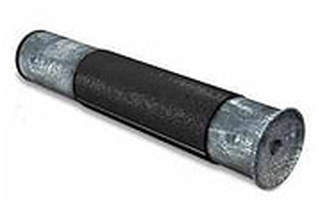 Antique Microscope - Jansen's microscope consisted of three draw tubes with lenses inserted into the ends of the flanking tubes.
Antique Microscope - Jansen's microscope consisted of three draw tubes with lenses inserted into the ends of the flanking tubes.
The first microscopes were simple and very limited in magnifying power. There is some debate surrounding who invented the first microscope, but there is evidence of early microscopes as early as the first century.
Zacharias Jansen and the first compound microscope
The first compound microscope was not invented until the 1590's. Zacharias and Hans Jansen were able to combine magnifying lenses together that resulted in an image that was 9 times larger than what could be seen with the naked eye.
Zacharias Jansen and the first compound microscope
The first compound microscope was not invented until the 1590's. Zacharias and Hans Jansen were able to combine magnifying lenses together that resulted in an image that was 9 times larger than what could be seen with the naked eye.
THE DISCOVERY OF CELLS AND CELL THEORY
All living beings are made up of cells. Some of them are made up of only one cell and others have many cells.
The adult human body is made up of about 37 trillion cells. That is 37,000,000,000,000 cells! WOW!!!
Robert Hooke (1635 - 1703)
|
Robert Hooke Observes Cells - 1660
Cells were first observed (and named "cells") by Robert Hooke in the 1660's. Hooke published his discoveries in 1665 in Micrographia,. Hooke named the small individual structures that made up plant and animal tissues "cell", because he thought they resembled the cells of a honeycomb.
It would still be hundred's of years until his discoveries and cell theory was widely accepted.
It would still be hundred's of years until his discoveries and cell theory was widely accepted.
- English Scientist, Robert Hooke, discovered cells while looking at a thin slice of cork.
- He described the "cells", because they resembled the cells (or tiny boxes) of a honeycomb.
- He thought that cells only existed in plants and fungi.
Robert Hooke was the first person to view tissues under a microscopic. He identified the distinct structures that made up the tissue as "cells".
|
Robert Hooke identified the first cells by viewing a sample of cork.
He described cells as structures resembling a
Hooke decided to call these structures cells.. The word "cell" or Cell” is distinct from the others (in Latin, “cell” literally means “small room”). They likely appeared to Hooke to be filled with air because the cork cells were dead, with only the rigid cell walls providing the structure. |
Hooke's book, Micrographia, included spectacular copperplate engravings of microscopic views of different organisms. Some of these, like the illustration of the louse, was a fold-out plate four times the size of the page. Interestingly, Micrographia also describes distant planetary bodies, the wave theory of light, evolution, etc.
Van Leeuwenhoek's Discovery of "Animalcules"
Microorganisms in 1675
|
In 1976, Leeuwenhoek was the first to observe single-celled organisms, he described as “animalcules” or “wee little beasties,” swimming in a drop.
|
Early microscopes did not have much magnifying power, until 1675 when a Dutch cloth merchant named Antonie van Leeuwenhoek developed the first microscope lenses powerful enough to view microbes. The improvements resulted in a magnification power of up to 300X.
|
Cell Theory
The Cell Theory began with Robert Hooke's discovery and observation of cells. As awesome as this discovery was, the true significance of this discovery was not fully realized until centuries later! It was only then that the structures Hooke coined as "cells" would be found to be the fundamental unit of life!
All living beings are made up of cells. Some of them are made up of only one cell and others have many cells.
The adult human body is made up of about 37 trillion cells. That is 37,000,000,000,000 cells! WOW!!!
What is a cell?
|
Matthias Schleiden (1804–1881)
|
|
A botanist, Matthias Schleiden, took inventory of the microscopic view of hundreds of plant tissues.
Plant cells are very recognizable due to their pronounced cell walls, which gives them their characteristic brick-like shape. Interestingly, Schleiden believed the cell walls were due to some sort of crystallization process. We now know that the cell walls are created in the cell division process, not crystallization. |
|
Theodor Schwann (1810–1882) Theodore Schwann, a German physiologist, surveyed a multitude of animal tissue samples under the microscope and made several significant contributions to the Biological Sciences. Schwann and Schleiden realized the stark similarities between cells of plants and cells of animals.
Theodor Schwann and Matthias Jakob Schleiden were both instrumental in creating Cell Theory. In 1837, Schleiden stated that new plant cells were formed from old plant cells. Many of these observations were published in Schwann's book, Microscopical Researches into the Accordance in the Structure and Growth of Animals and Plants,. In it he declared, "All living things are composed of cells..." This statement is the heart of Cell Theory |
|
|
Robert Remak - 1852
Robert Remak performed experiments that presented convincing evidence that, indeed, new cells are formed from other cells through a process of cellular division. Remak's statements were met with disbelief by many of the prominent scientists of his time. The ideas of Cell Theory did not begin to be popularized until a publication by Rudolf Virchow, "Cellular Pathology". was published in 1857. Despite Remak's contribution, most texts attributed the founding of Cell Theory to Rudolf Virchow. In fact, some historians go so far as to declare that Virchow plagiarized Remak's ideas by stating that all cells come from pre-existing cells. |
Rudolf Virchow - 1857
|
|
The Cell Theory was then expand by Rudolf Virchow in 1857, to include the statement, "every cell arises from another cell".
Despite Remak's contribution, most texts attributed the founding of Cell Theory to Rudolf Virchow. In fact, some historians go so far as to declare that Virchow plagiarized Remak's ideas by stating that all cells come from pre-existing cells. |

